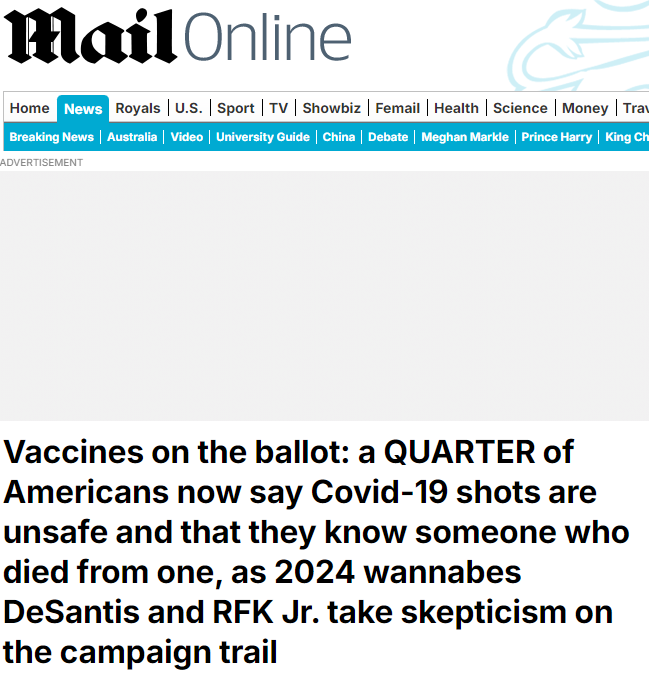Misinformation is wrong or misleading info that spreads, even if the person sharing it doesn’t know it’s false. It’s different from disinformation, which is when someone intentionally spreads lies.
While adults might be able to spot obvious red flags, children and teens are still developing critical thinking skills. Constant exposure to misinformation can:
Even seemingly small pieces of misinformation, when repeated often, can shape a child’s worldview.
Misinformation isn’t just a byproduct of the internet. In many cases, it’s encouraged by how platforms are designed. Here’s why:
A confident tone or polished video can make even completely false claims feel convincing.
Social media platforms reward engagement. The more likes, comments, and shares something gets, the more it's shown — especially if it triggers a strong emotional reaction like anger or shock.
TikToks, Reels, and Shorts are designed to be fast and eye-catching — not detailed. This makes it easier to leave out facts or distort the truth.
Young people tend to follow creators and accounts that align with their interests and beliefs. This can create an online "bubble" where the same ideas get repeated and rarely challenged.
Children are more likely to believe something if it comes from a friend — even if it's untrue.
Recently, a rumor spread on social media claiming that a hurricane in the US was “engineered” by the government. Even though fact-checkers proved that weather manipulation like this is impossible, the posts gained millions of views. Why? Because they played on people’s fears and distrust, and social media algorithms boosted this content because it got so many reactions.
During the COVID-19 pandemic, many posts about supposed “cures” went viral. These posts promised quick fixes or promoted untested remedies. People, scared of the virus, shared these posts widely, which led to confusion and, in some cases, dangerous behavior. Social media platforms struggled to keep up, and many of these misleading posts were shared millions of times before they were finally taken down.
False claims suggesting that Hurricane Milton was “engineered” and that the weather in Florida is being “manipulated” have been spreading on social media.
There have been large volumes of inaccurate information about COVID-19 circulating since the beginning of the pandemic, including misinformation about vaccinations against the infection.
Source: BBC News
Source: UK Parliament
Influencers also played a major role in spreading misinformation about vaccines. Posts claiming vaccines were harmful or didn’t work spread quickly, especially when shared by people with large followings. This content often appeared in people’s feeds repeatedly, creating what’s called an “echo chamber”—a situation where people only see content that matches their beliefs, making it harder for them to see the other side or get accurate information.

Is the information from a reliable news outlet or an unknown website? Always check where the information is coming from.
Does the post include links to credible research or just make bold claims? Real information will have evidence to back it up.
Misinformation often tries to make you feel a strong emotion, like anger or fear. If a post makes you feel that way, take a moment to verify it before sharing.
Encourage your family to follow different news sources and perspectives. This can help prevent getting stuck in an echo chamber where only one side of a story is shown.
© 2025 Learning KidsnClicks All rights Reserved.